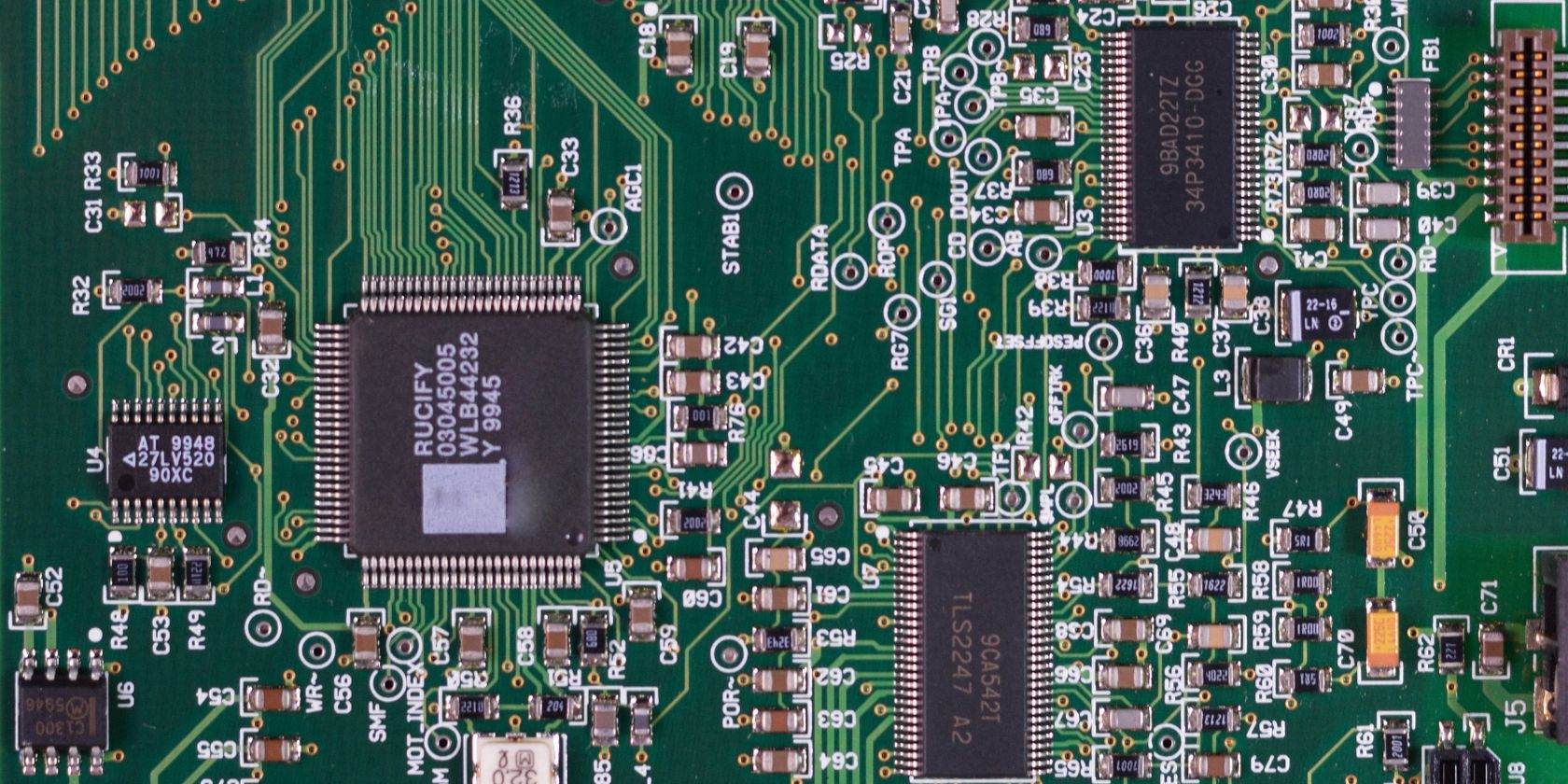When talking about processors, x86 and ARM are the two terms that come up the most, especially if we're talking about recent devices. But there are many more architectures out there. For example, you might've heard the names RISC and RISC-V floated around occasionally.
Despite having similar names, they couldn't be more different concepts. So what is RISC, and what is RISC-V? And what's the difference?
What Is RISC?
RISC is a broad term that means "reduced instruction set computer." Basically, a RISC computer is essentially designed to run simpler, individual instructions. Compared to a CISC (complex instruction set computer), a RISC processor uses a uniform instruction length for almost all instructions. In contrast, CISC instructions are more complex and can execute low-level and multi-step operations.
To simplify, RISC processors can execute simpler, uniform instructions, while CISC can execute instructions with varying complexity and range. Each RISC instruction can only do one thing at a time, while CISC instructions can do multiple things simultaneously. Because instructions are written in simpler code and are simpler in nature, RISC processors often need more instructions to achieve the same tasks as CISC processors. This difference can be offset by increasing the speed at which that RISC CPU can execute those tasks using pipelining. Since they're simpler, RISC processors can also be designed more quickly than CISC processors, and they can run more efficient code.
Since RISC isn't an architecture per se but rather a broad term, many CPU architectures can be considered RISC. One of the most famous RISC processor architectures is ARM, which powers our smartphones and, more recently, also some of our laptops and computers. Others include PowerPC, which was used in Apple computers and gaming consoles for a long time. Meanwhile, x86 can be considered a CISC design since it's more complex.
The RISC term was coined by the Berkeley RISC research project led by David Patterson at the University of California, Berkeley, from 1980 to 1984. As it turns out, the project was really successful, and the term "RISC" would go on to encompass all reduced instruction set computers—even a competing MIPS project by Stanford University developed around the same time was eventually known as a RISC architecture. As for that specific Berkeley project, it went on to be used by the SPARC microarchitecture developed by Sun Microsystems—an architecture that would eventually serve as inspiration for the ARM architecture that's in our smartphones.
What Is RISC-V?
While RISC by itself isn't a specific architecture, you might've been confused by one architecture grabbing and using the RISC name. That's RISC-V. It's an instruction set architecture (ISA) developed by the University of California, Berkeley, that's meant to embody the principles of a RISC processor while also being an open-source standard. While ARM, the most known RISC architecture, is proprietary and needs licensing by chipmakers, RISC-V is meant to be royalty-free and, in general, free to use for everyone.
RISC-V began development in 2010 and was released to the open community in 2015. Of course, when RISC-V was released, ARM was already in millions of smartphones worldwide. But unlike ARM, RISC-V was developed and released with the aim of putting a CPU design out there that was open source, scalable, and that could be deployed on any device without royalties of any kind. According to the designers, having a free-use CPU architecture out there can dramatically reduce the cost of software by enabling far more reuse and allowing for more competition.
RISC-V isn't an architecture that's being widely deployed on smartphones or anything like that—after all, most of those use either ARM or x86. Still, it's seeing some use. More specifically, RISC-V has been used in cloud computing, servers, and embedded applications. Known RISC-V-based designs include the Titan M2 security chip used by Pixel smartphones. There are more planned use cases for the RISC-V architecture in the future, including those from big-name companies like NVIDIA and Seagate. Since it's royalty-free, it brings down costs and ends up being better for everyone.
RISC vs. RISC-V: What's the Difference?
At first glance, some people might think that RISC-V is a variant of RISC and that RISC is an instruction set architecture. After all, they have similar names, so there can very well be room for confusion. But that couldn't be farther from the truth. As we've detailed before, the difference lies in that one is an actual instruction set architecture, while the other is an overarching term encompassing multiple CPU architectures.
As we mentioned before, RISC is a broad term that is used to talk about reduced instruction set computers—this term encompasses a wide range of CPU architectures with simpler designs and capabilities, some of them actively used by billions of devices and others that have been deprecated over time. And the term exists to differentiate these kinds of computers from CISCs, or complex instruction set computers, a term that's used to describe the x86 architecture used by most PCs worldwide, as well as a handful of others.
And then, RISC-V is an instruction set architecture based on a RISC design, but compared to other RISC architectures like ARM, RISC-V was open-source instead of proprietary, meaning any chipmaker can make RISC-V-based designs without paying royalties or licensing fees for anyone. It was engineered to be used for a variety of purposes, and it's supported by many silicon makers as well as by a lot of open-source operating systems.
One describes a category of CPUs, while the other is a CPU architecture in the proper sense of the word that's an alternative to ARM and other RISC CPUs.
RISC-V and RISC Aren't the Same
The RISC term is used to talk about certain kinds of processors, and it's a term that defines a wide range of architectures. Yet some people erroneously think that RISC is a CPU architecture. Those who do are probably thinking about RISC-V instead and mistaking it for the RISC term. Now, you know the difference.


.jpg)

